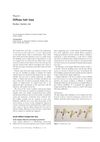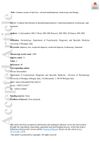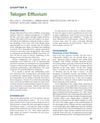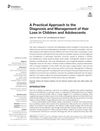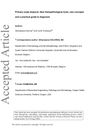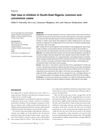An Algorithm for the Diagnosis of Female Hair Loss
May 2015
in “
Journal of The American Academy of Dermatology
”
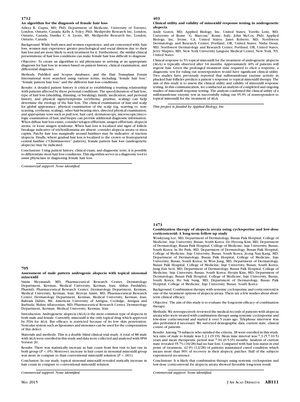
TLDR The algorithm can effectively diagnose different types of female hair loss with proper history, examination, and tests.
The document presents an algorithm developed to assist physicians in diagnosing female hair loss by using patient history, clinical examination, and diagnostic tests. The algorithm is based on the analysis of various terms related to female hair loss searched in PubMed, Scopus databases, and the Hair Transplant Forum International. It emphasizes the importance of a detailed patient history to establish a trusting relationship with patients and to help determine the etiology of hair loss. The clinical examination includes assessing the global appearance of hair and scalp, physical examination for signs like scarring, erythema, scaling, and conducting tests such as pull test, hair card, dermatoscopy, and biopsy. The algorithm helps differentiate conditions like telogen effluvium, anagen effluvium, alopecia areata, loose anagen syndrome, trichotillomania, tinea capitis, traction alopecia, and female pattern hair loss (androgenetic alopecia). The conclusion of the document is that with the right patient history, clinical exam, and diagnostic tests, most hair loss conditions in women can be differentiated using this diagnostic tool.

